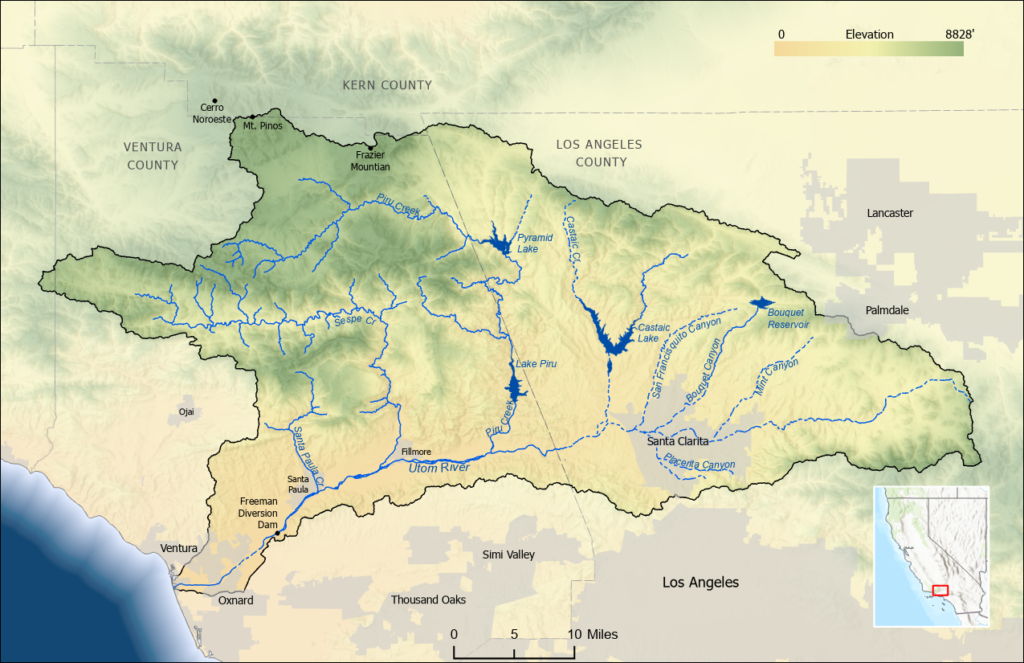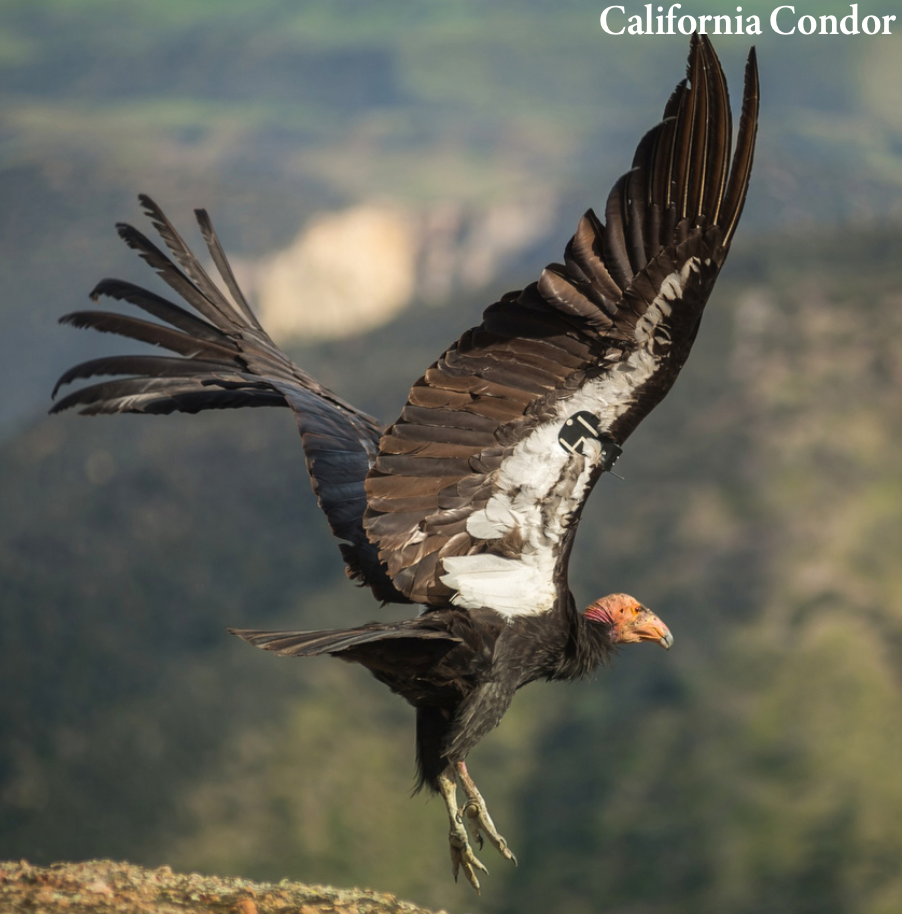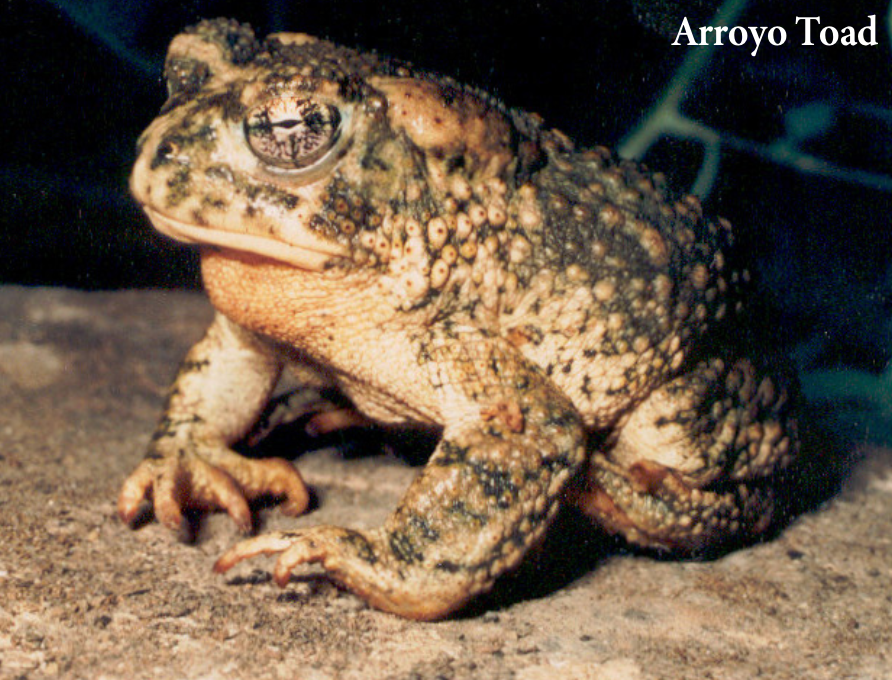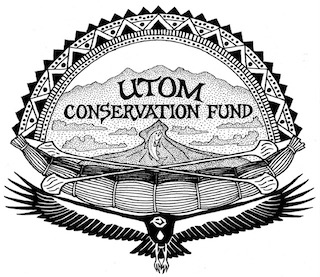Southern California’s Signature River
Utom, also known as the Santa Clara River, is the wild heart of Southern California. The Chumash people, who still inhabit the area, named the river Utom, or Phantom river, because water flow can come and go like a phantom. When water is abundant or when the underlying geology pushes water to the surface, there is above-ground water flow but in dry times, stretches of the river have only subsurface waterflow, so the river looks dry. Its watershed hosts some of the region’s most important natural and cultural areas including Chumash village sites, trading routes, traditionally tended gathering sites, abundant natural cultural resources and an incredibly biodiverse landscape.


As the largest watershed in Southern California still in a relatively natural state, Utom flows for about 116 miles from its headwaters in the Angeles National Forest, on the north slope of the San Gabriel Mountains, to its confluence with the Pacific Ocean between Oxnard and Ventura. It is the region’s last publicly accessible, free-flowing river. In a region that has lost 97% of its historic river woodlands, the river is a rare riparian gem sustained by many tributaries, including the Santa Paula Creek, Sespe Creek, Piru Creek, Bouquet Canyon, Mint Canyon, San Francisquito Canyon and Placerita Canyon. About half of the tributaries occur in Ventura County, with Mount Pinos (draining into Piru Creek), the highest peak in the watershed. The Wishtoyo Conservancy and Utom River Fund are studying opportunities for cultural preservation, habitat protection and ecological restoration of the Utom watershed.
A Southern California Biological Diversity Hotspot
The Utom River watershed is home to a great diversity of plants and animals. More than 2,300 plants are known within the watershed, including 110 special-status plants and animals that call it home. The watershed has 15 sensitive habitats. In arid Southern California, water dependent areas host unique plants, plant communities and animals. These unique vegetation communities include cultural keystone species — plants and animals that are intrinsically tied to Chumash lifeways.

Utom supports highly localized fish species including the Unarmored Threespine Stickleback, which is primarily limited to slow- water areas of the Santa Clara River tributaries and mid-mainstem. We are also working to restore the run of Southern Steelhead, a cultural keystone species that is vital to the restoration of rainbow trout populations in the Utom watershed. Amphibians — including the storied California Red-legged Frogs and inimitable Arroyo Toads, both critically endangered — rely on the aquatic habitat of the river and its tributaries for successful breeding.
Nesting in Utom’s riparian zones are rare migratory birds, including the Southwestern Willow Flycatcher, Least Bell’s Vireo and secretive Western Yellow-billed Cuckoo. The noble California Condor soars on thermals above the watershed from the Sespe Condor Sanctuary, which has given it a safe haven for its rebound from extinction. While many species are known, much of the watershed remains underexplored. The opportunities for new biological discoveries are tantalizing.
